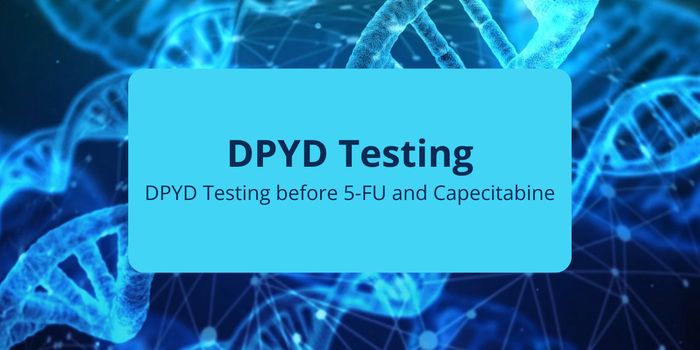Study Finds Promising Treatment for Hot Flashes
It's estimated that by 2025, around 1.1 billion of the women in the world will be diagnosed with menopause - a natural, hormonal condition that causes the menstrual cycle to cease. As a result of menopause, many women experience uncomfortable hot flashes. Now, by linking specific neuronal receptors to thermoregulation, researchers have found a drug that could potentially block this receptor and reduce hot flashes in postmenopausal women.
Menopause typically happens in women between the ages of 45 and 55, when the ovaries stop releasing an egg every cycle. As a consequence, women can experience hormonal changes before menopause, during menopause, and even after menopause. Hot flashes - sudden waves of heat throughout the body - are common during menopause. Some women also report changes in mood, metabolism, sleep, and libido.
The search for a hot flash treatment started with Dr. Naomi Rance, a physician and research at the University of Arizona College of Medicine. After finding that some neurons in the hypothalamus got bigger in postmenopausal women, Rance had a hunch that this region of the brain might contain the key to some of the physical menopause symptoms that women experience.
Following her hunch, Rance found that the enlarged neurons respond to estrogen levels and altered body temperature. Furthermore, the hypothalamic area where these neurons were located contained neurokinin B, a neuropeptide. Rance went on to demonstrate that in rats, stimulation of neurokinin 3, a receptor for neurokinin B, led to increased body temperatures similar to a hot flash.
"That was really a sign that the reproductive axis is integrated with thermoregulation," said Rance. "The two systems are intimately integrated."
After presenting her hunches at a conference, Rance began collaborating with Waljit Dhillo, an endocrinologist and professor at Imperial College, London. "Dhillo said that he and his colleagues heard the talk, and they realized that neurokinin 3 antagonists could be used as a treatment for hot flushes," Rance says. "He took the idea to the clinical arena very fast. The first thing he did was infuse women with neurokinin B, and found that it caused hot flashes."
The neurokinin 3 receptor agonist is known as MLE4901, and is currently being tested in a Phase 2 clinical trial in 68 women. So far, they report the drug significantly reduced weekly hot flash events by 73 percent with little major adverse effects.
While the team continues to pursue the drug as a treatment for hot flashes, they also have eyes on more detrimental health effects of hormonal changes - breast cancer.
But none of this would have happened if weren’t for basic science researchers like Rance. "People think everything you do has to be translational, but I want to emphasize that it was basic research that has driven me all the way along," said Rance. "This would not have happened without the National Institutes of Health budget for basic research. You just don't know if something is going have a clinical application when you start."
Additional sources: University of Arizona via Science Daily









